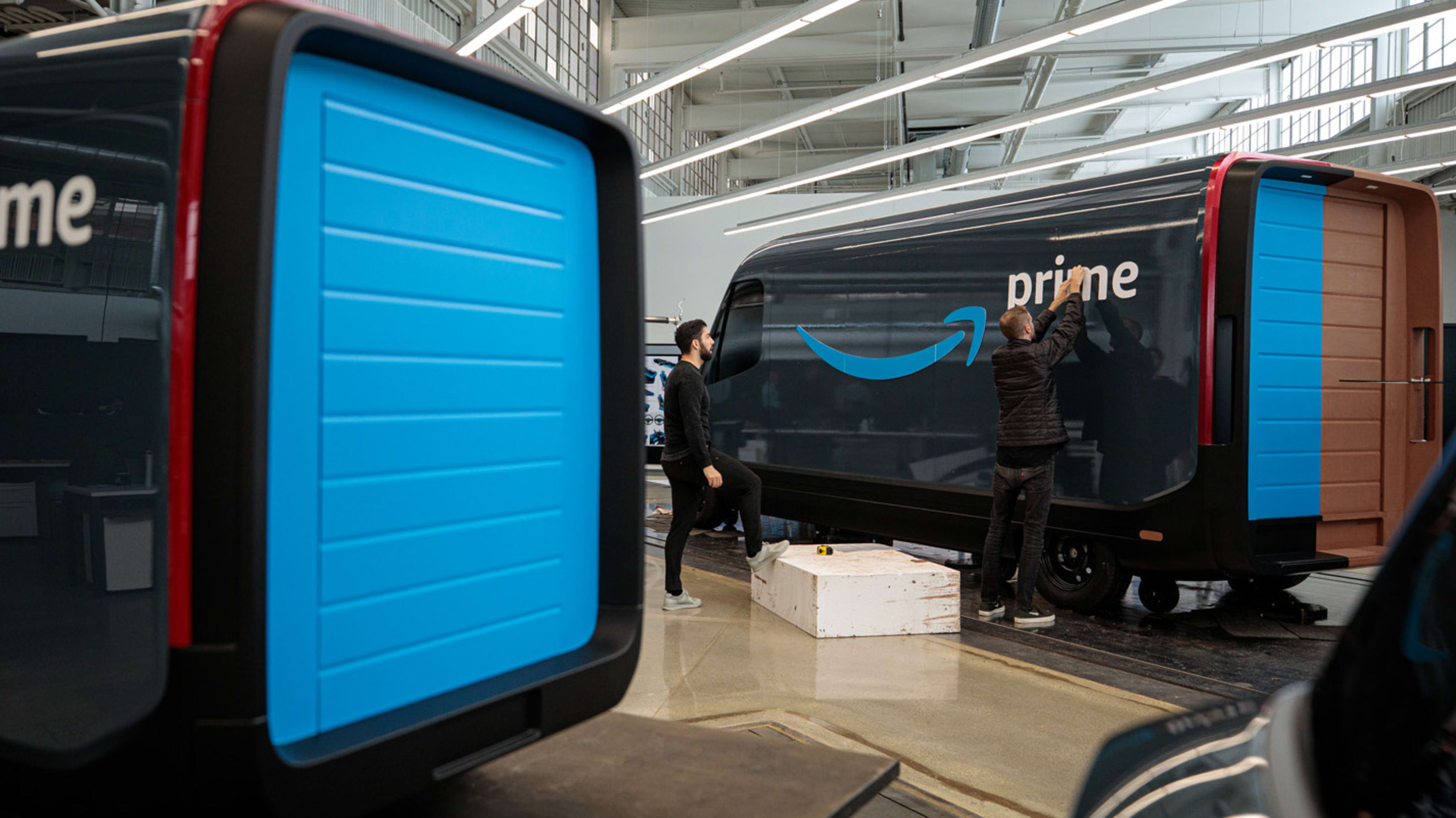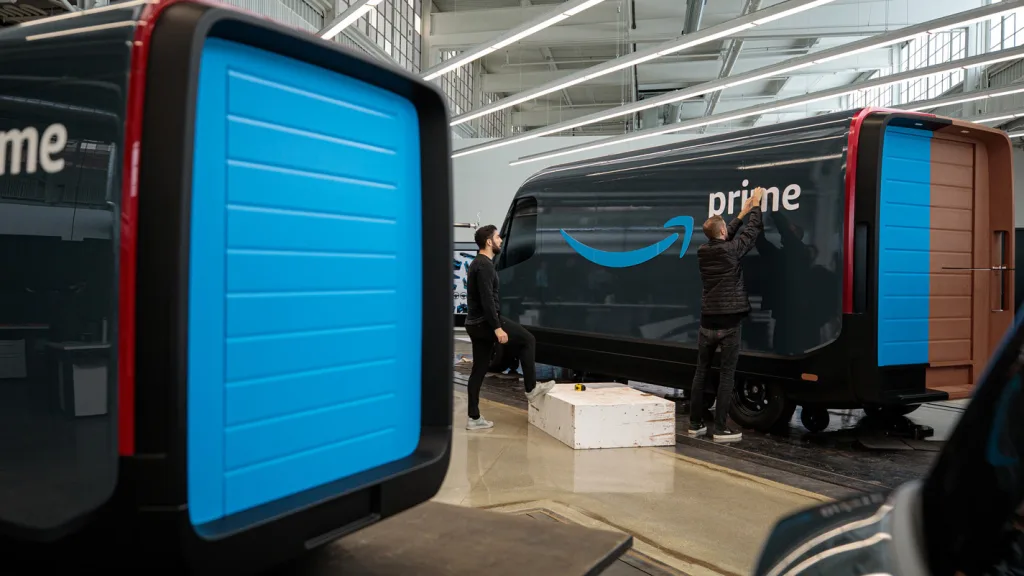Last September, Amazon ordered 100,000 electric delivery vehicles from the Michigan-based startup Rivian—the largest EV order ever placed—as part of a companywide goal to become carbon-neutral by 2040. Today, it offered a glimpse inside the factory where the vans are being built.
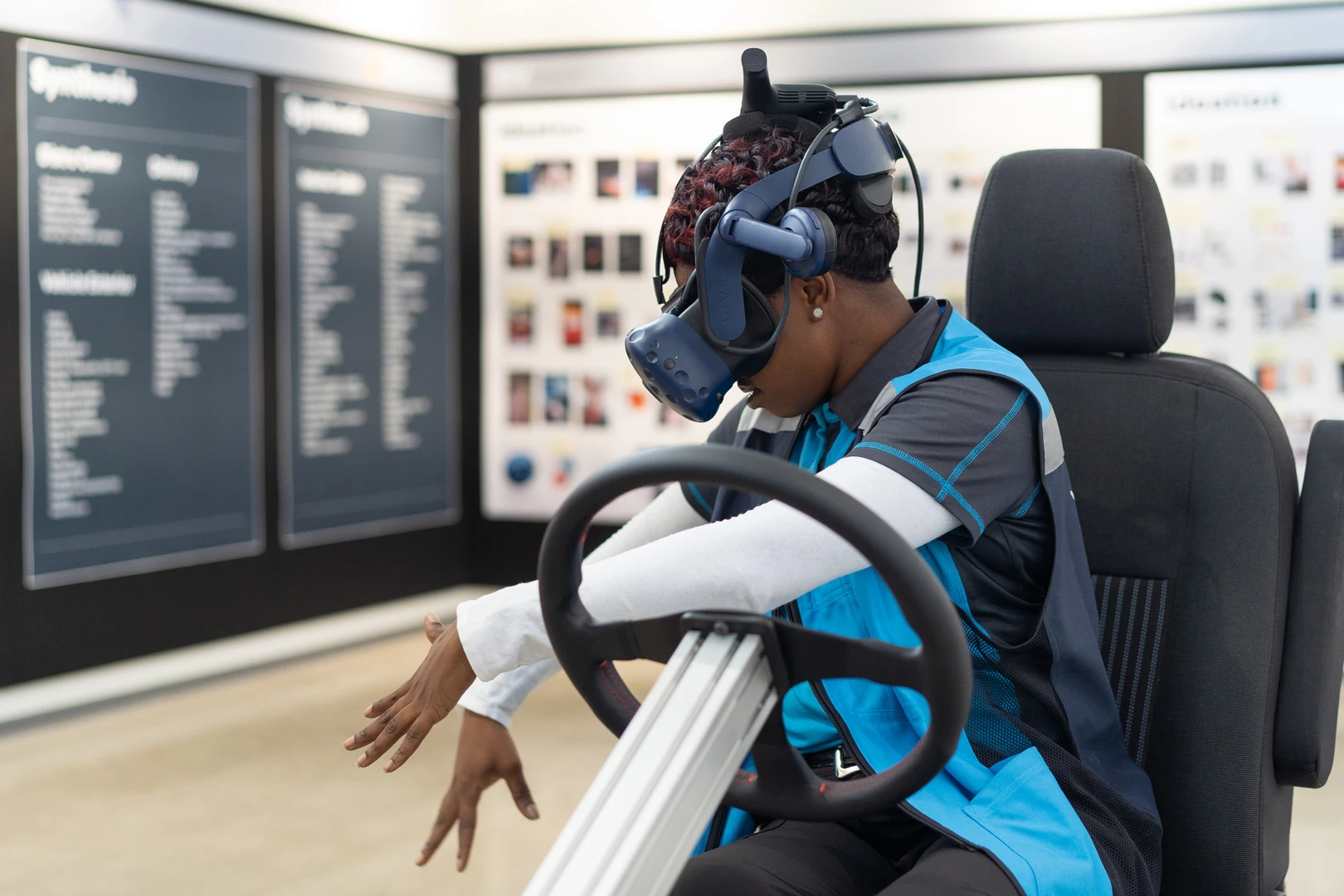
The vehicles are being designed from scratch. In a blog post, the company notes that it spent 18 months evaluating different electric vehicles, but decided that a custom van made the most sense. Designers are working with drivers to optimize factors like loading and unloading packages; in one room in Rivian’s factory, drivers can use virtual reality to test the van. (In another room, sculptors are working on clay models of the design.) Amazon’s logistics software is built into the display screen to map each route. As with some other new vehicles, it has safety features including warnings about pedestrians and distracted driving.
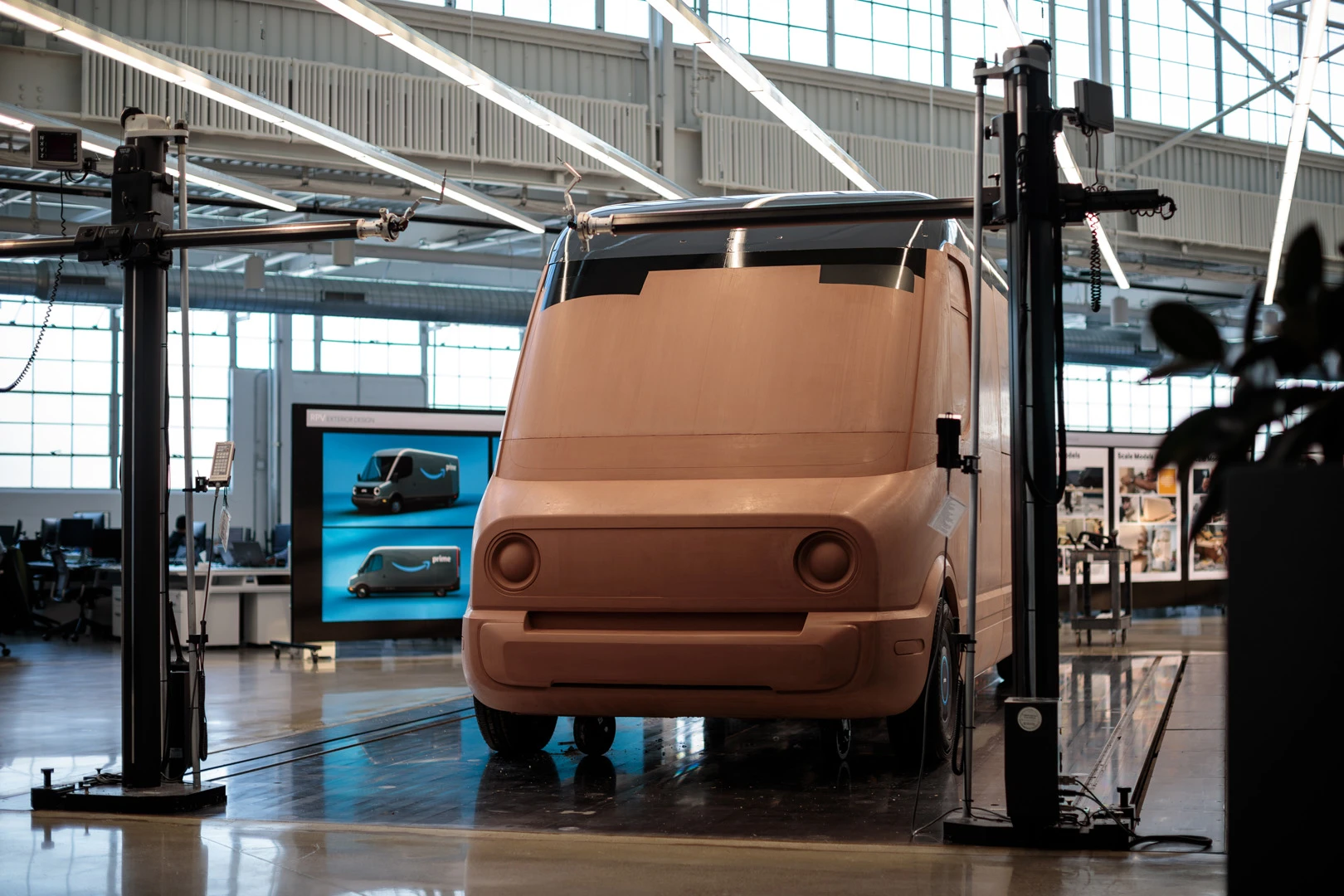
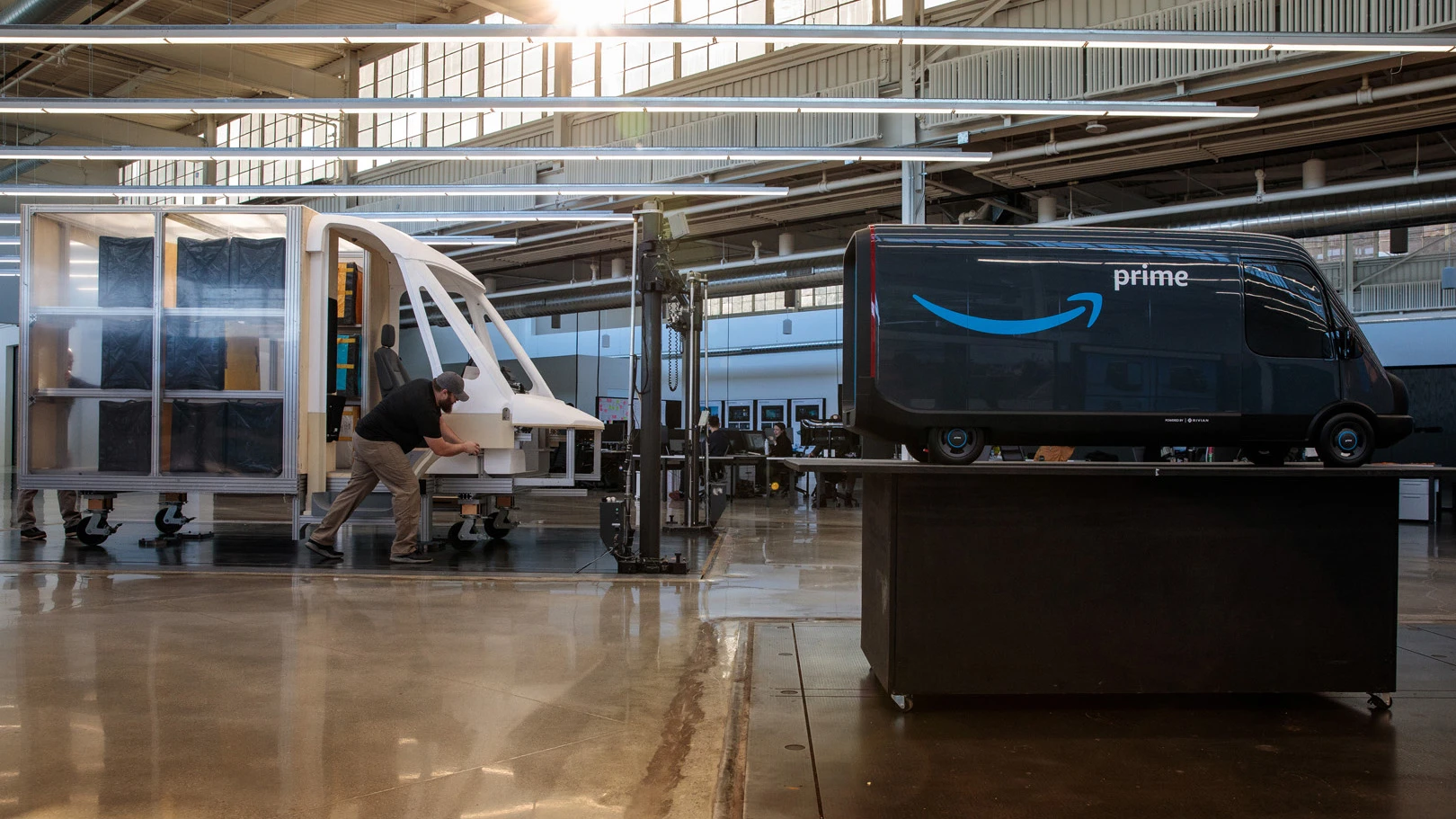
The first new vehicles will be delivered in 2021, with 10,000 on the road by 2022, and the full 100,000 by 2030. The company says it will save millions of metric tons of CO2. Still, many Amazon employees argue that it could be moving faster to cut emissions overall—and that the company needs to make more comprehensive changes, including moving away from its support of customers in the oil and gas business. “I am thankful Amazon is committed to net-zero emissions by 2040, but we simply do not have the time,” Amanda King, one employee, wrote on Medium in defiance of a company policy that asks employees not to speak out about climate change. “For a company like Amazon, we need to be net-zero by 2030 at the latest.”
Recognize your brand’s excellence by applying to this year’s Brands That Matter Awards before the early-rate deadline, May 3.
